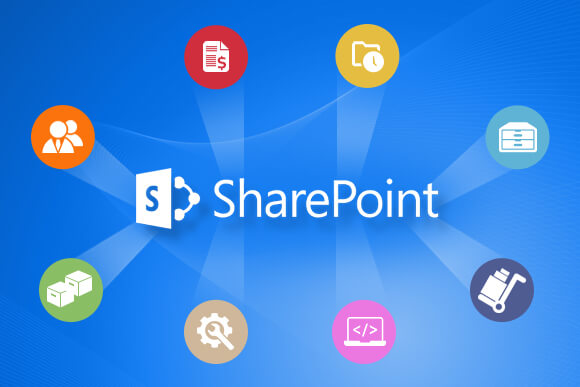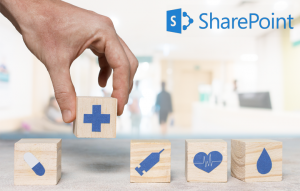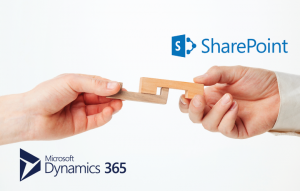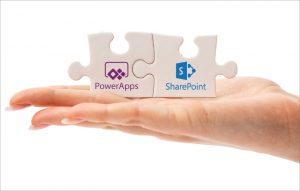When there is a portal development need, a certain set of priorities and expectations come into the picture. One of them is creating a portal that provides smooth access to the information. The recent trends show that people want easy access to key applications and create personalized information data for themselves. This adds more pain points to portal development. If there is no proper blueprint, you will undoubtedly run into problems. It may cause poor user experience, lack of expertise, tedious coding process for even simple customizations, security and compliance issues, and so on. These concerns ultimately lead the businessperson to rummage around for a smart solution that effectively sorts out the potential pain points.

SharePoint 2019 Pre-Migration Check
There are several reasons why you should migrate to SharePoint 2019. It has hybrid cloud search, all the sites are in one place, it allows rapid site development, there are many PowerShell scripts and so on.
Having said this, let’s explore one of the most promising technologies of our time – SharePoint – to develop business portals. This is one such platform which is comfortably used for both internal and public facing portal development and is a cut above the rest. Let’s see what are the outstanding capabilities of SharePoint, and what makes it an ideal choice.
Collaboration:
Collaboration is the cornerstone of any business development. SharePoint enables a variety of collaborative podiums that can be crafted including building up team sites, project portals, community sites, discussion portals, and knowledge wikis. With the adoption of this web application framework, a high powered teamwork is allowed where sharing and accessing of docs, tasks, calendars, blogs, wikis, have become easier. As part of a greater collaboration, the user enjoys efficient email integration, project management, lite outlook integration, offline docs, and lists etc.
Information Management:
Information management has become the key to govern an organization and requires a gamut of smart tools to manage it. SharePoint is the best possible platform to build up a collaborative platform where information management is made really easy with a lot of streamlined workflows. The content publishing is quite easy with all the team members contributing seamlessly and continuously and there is a greater standard with SharePoint content publishing. When it comes to document lifecycle management this technology can be your best bet because there are intuitive ways that help the document management and make it entirely easy.
SharePoint provides better alternatives for document lifecycle management including document creation, review, approval, publishing, version control, etc. This is done with distinguished workflows and approvals, hassle-free content publishing, and powerful document lifecycle management.
Digital asset management
SharePoint Server 2013 provides a library template named Asset Library that is customized to use new image, audio, and video content types created with a purpose of storing and labelling rich media assets. These new formats are using new column types like Preview, Picture Size, Date Picture Taken, and Length etc. You can display digital assets to users in SharePoint Server by allowing the users to browse the asset library, inserting a web part into a web page on a team site, and using the video field control on a publishing site.
What are the business benefits of SharePoint public facing websites
Cloud based app model
SharePoint’s remarkable capabilities as a public facing website make it all the more popular. It introduces a cloud based app model which allows developers to explore the power of web languages and standards like HTML, CSS, JavaScript, and REST to create add-on apps. The documents acquire more portability since the apps build up with this model can be inserted into documents via URL pointers. Low cost of customizations, readily available sandbox solution, ease of administration for site owners, and dedicated support for each app makes this platform to be the favored choice of entrepreneurs who needs a pubic facing website to share the knowledge across the sites.
Device based rendering
Device based rendering is another major advantage of using a SharePoint platform. This is the time of multiple screen sizes with different devices like desktop, tablet, smartphone, the challenge of design gets more complicated. What the entrepreneur look for is robust bandwidth, easy and quick loading, app support for all screen sizes, dedicated UX for each source, and different page layout for each device type. With SharePoint’s emphasize on device based rendering, most of these problems are handled with better insight.
MDS
Minimal Download Strategy (MDS) significantly reduces the amount of data that needs to be downloaded and the amount of Markup, CSS, Scripts, etc. that the browser needs to parse and render improving overall performance. Eventually, MDS is one big blessing for keeping the performance issue under control. It is now easier to load the contents as there is a system in place which is called request-based rendering. Using SharePoint platform allows us to have less effort on data scaling.
Themes
Themes allow a quick and easy way to enhance the look and feel of any site in SharePoint 2013. These predefined web page elements include fonts, color schemes, layout, and background pictures. You can apply a favorite theme to your site, and then preview it before committing the codes. There is no restriction on the number of times you could change your site theme. SharePoint themes are the great way to have composed looks which is more like a framework. It has a lucrative UX and the theme builder enabling to build up a magical appearance which draws customers to your site.









